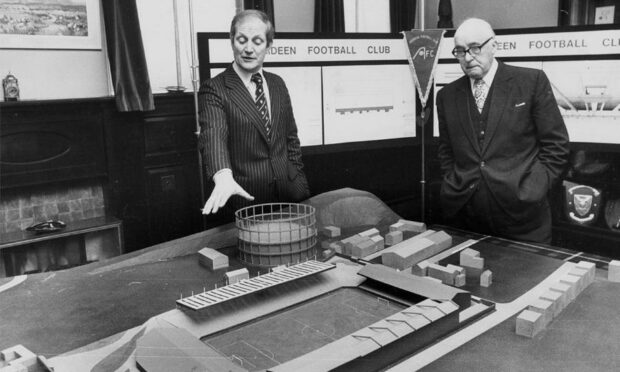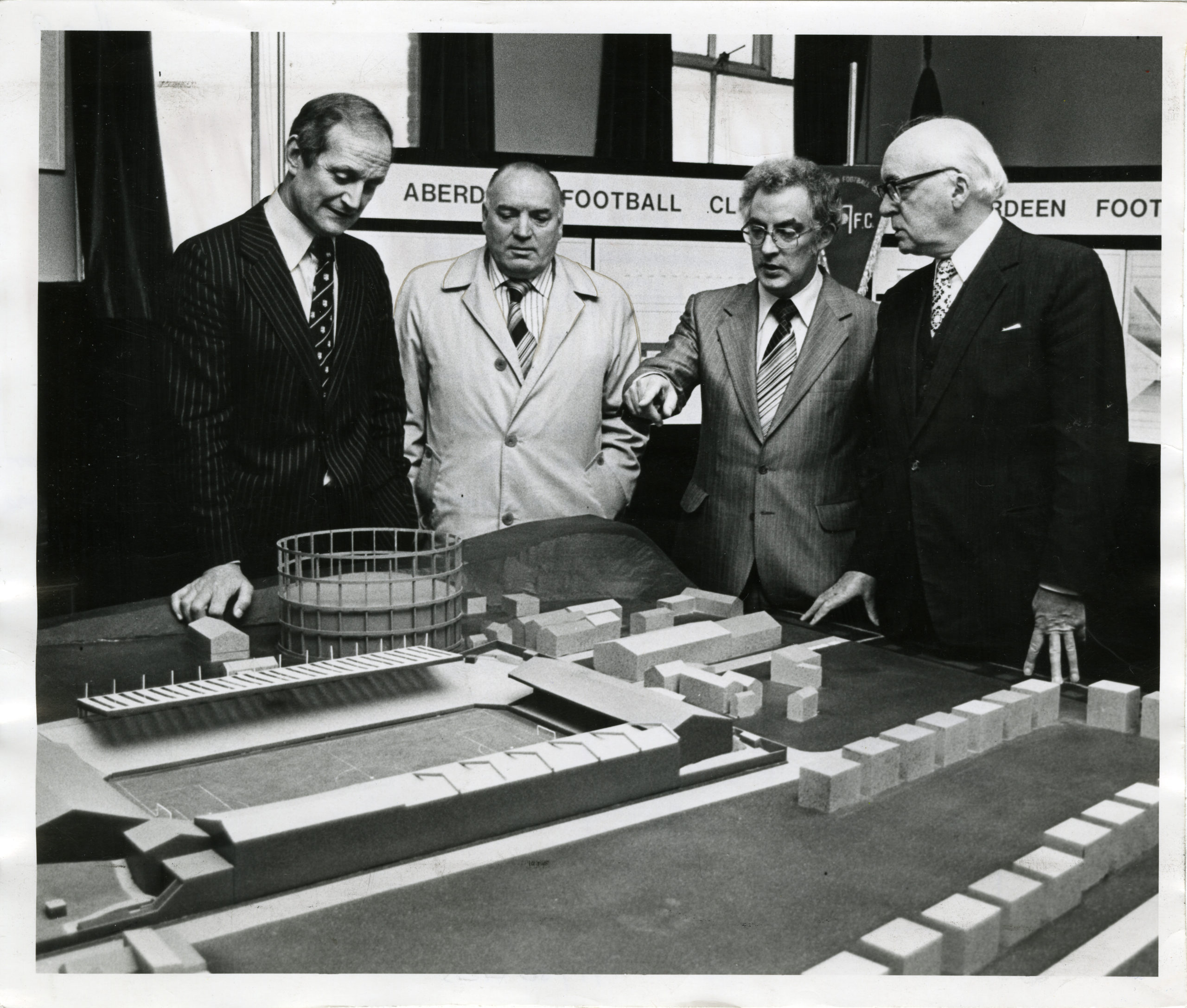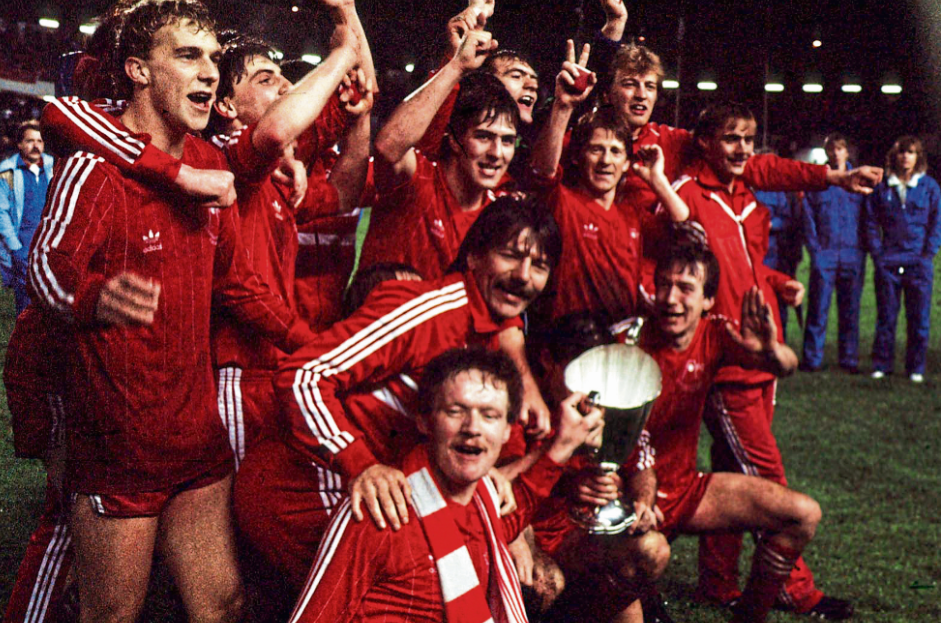There was understandable delight among Aberdeen aficionados last week at the news that Uefa is giving an extra six medals to the club to honour those at the heart of their greatest European triumph in 1983.
Nobody could begrudge Alex Ferguson or Archie Knox their belated gongs for being maestros of motivation in spearheading the victory over Real Madrid in Gothenburg, while Dougie Bell only missed out on selection because of injury.
Nor will there be any complaints about the posthumous awards to Dons chairman Dick Donald for his decades of unstinting service or the ubiquitous Teddy Scott, one of those larger-than-life stalwarts who did the jobs of about 10 people, whether scouting, driving buses, packing kit or generally being a rock behind the scenes.
Chris Anderson’s impact on Aberdeen
Yet, it’s the medal which is being proffered to the family of Chris Anderson, which merits the most applause because it provides an opportunity to remind younger fans of the impact which this visionary figure had in the city where he grew up and how his ideas had such an influence on Scottish football throughout the 1970s and early 1980s.
That might sound a bold claim, but no less a figure than Ferguson spoke later of how the beetle-browed Anderson was among the first people in his domain to recognise how rapidly the sport was changing and evolving – and how it was perfect for TV audiences.
As Fergie said: “He was the balancing factor as vice chairman, a complete contrast to Dick, who was terrifically grounded, but just let us get on with it. Looking forward all the time, Chris could see the way ahead for the televising of football.
“I may not always have agreed with his views, but he was exactly the kind of man we needed and his contribution was immense. He had big ideas for the club, wanted to promote it, and was a great supporter of the players.”
Part of that sprung from the fact Anderson had been one of the talented youngsters whose early career was interrupted by military service during the Second World War from 1943 onwards when he turned 18.
Prior to that, he had already been picked as a Scottish schoolboy international and there were hopes he might become a fully-fledged Scotland player after he had returned to the game in 1947.
Injuries mounted up
He certainly possessed plenty of talent and scored the decisive goal when Aberdeen beat Celtic in a Scottish Cup tie at Parkhead in 1950 – the first time the north-east club had defeated their Glasgow rivals at the stadium.
Yet, while he amassed more than 70 appearances for the Dons and accrued another 56 for Arbroath until 1957, the injuries mounted up and he eventually packed away his boots in his early 30s.
However, if there was an element of thwarted promise in his playing career, Anderson had soaked up knowledge like blotting paper. He had no time for provincialism or parochialism and, as soon as he joined the Aberdeen board in 1967, emerged as a prophetic figure whose suggestions and often prescient notions made a significant difference not merely in the Granite City, but the wider Scottish circuit.
Indeed, he masterminded much of his cherished club’s off-field success such as the construction of an all-seated, all-covered stadium with executive boxes and other amenities.
He was in the vanguard of the creation of the Premier Division in 1975 and was one of the first to talk openly about a British Cup and a Scottish National League when such concepts appeared pie in the sky to those with an aye-been mentality.
He was also a driving force in the educational sector at Robert Gordon’s Institute of Technology – now university – and colleagues have testified to the joy which he derived from helping talented youngsters achieve their potential in different spheres.
Chris Anderson was taken far too soon
But sadly, in the days before many people were familiar with motor neurone disease – an awful condition whose profile was increased by Doddie Weir’s long battle with it – Anderson was diagnosed with the disease when he was still in his 50s. And, despite being a fit and athletic individual, it claimed his life in May 1986 when he was just 60.
Acclaimed journalist Jack Webster paid a rich tribute to Anderson, which celebrated many of the qualities which this fine man had brought to his different roles.
He said: “Chris was the fair face of sport, an intelligent, articulate spokesman and the brain behind so much of the change, not only at Pittodrie, but throughout football.
“Destined to be the next chairman of the Dons, he told me, in a deeply moving conversation not long before he died, about his sadness at being robbed of the chance to lead the club towards the 21st century.
“He was well aware of his fate and, with a courage which characterised him as a player and man, spoke of his last visit to Hampden Park and how he looked around and knew he was seeing the great stadium for the last time.”
Anderson was proud as the Dons surged to a 3-0 victory in that League Cup final against Hibs at the end of October 1985. And anybody who cheers on Aberdeen should be appreciative of this fellow’s contribution to their success in that golden period.




Conversation